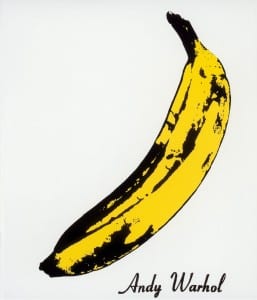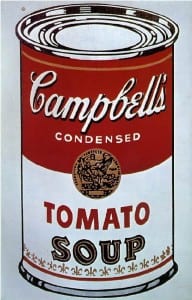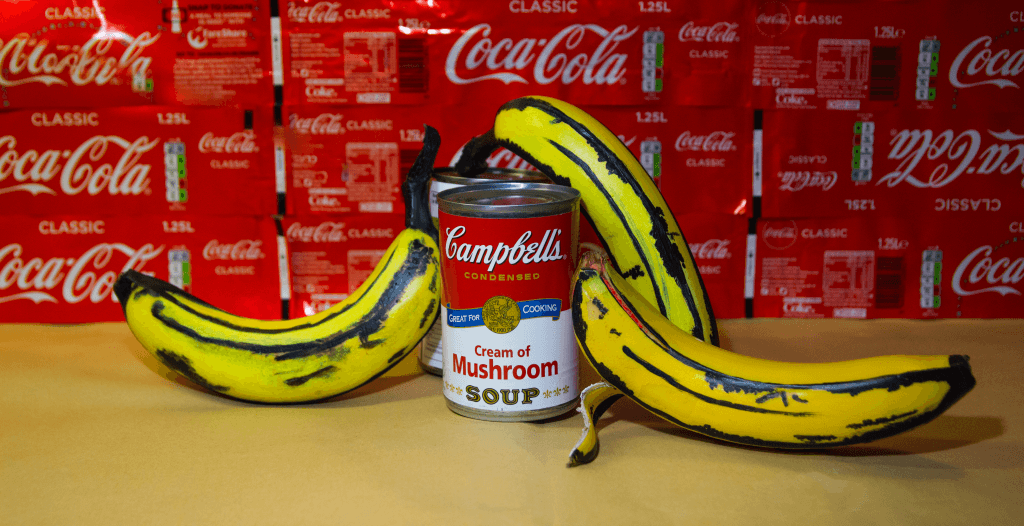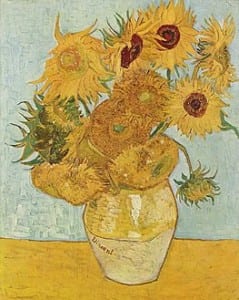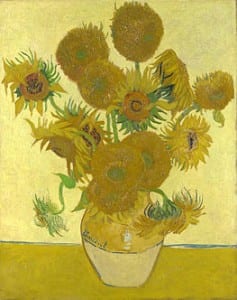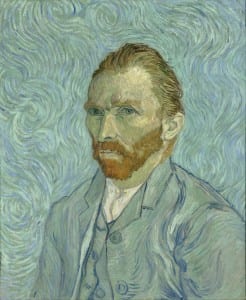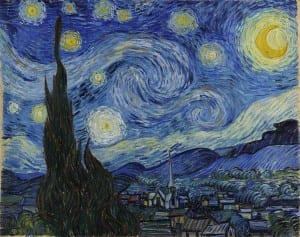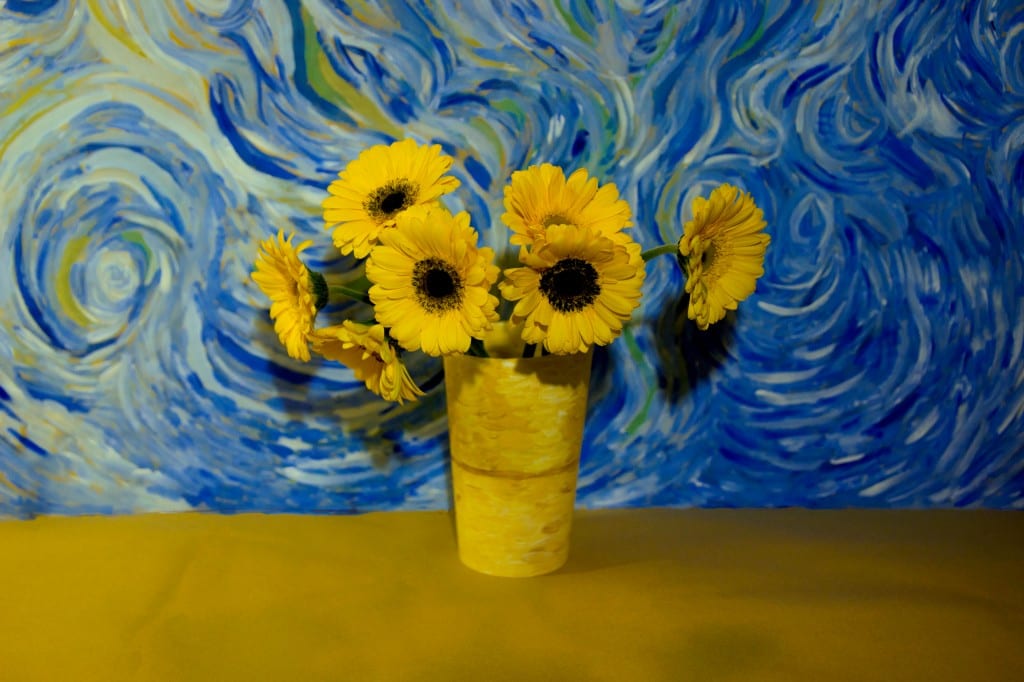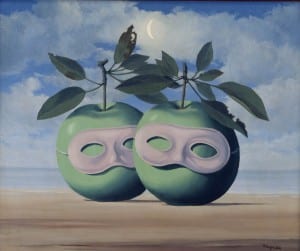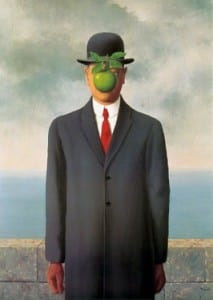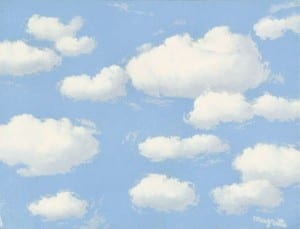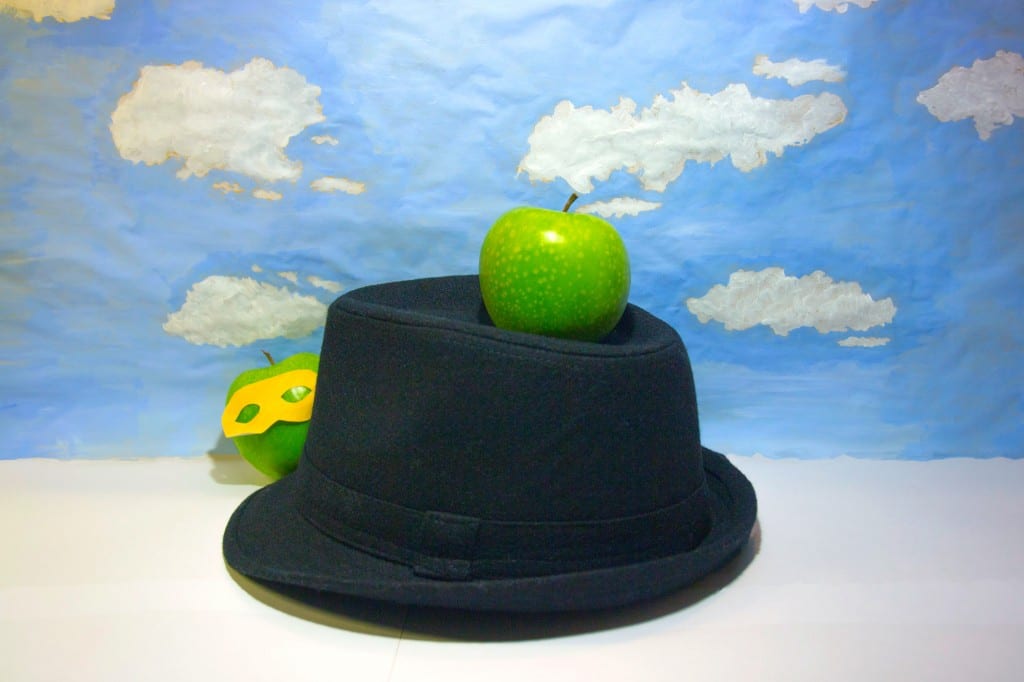“What do artists have in their pockets?”
This brief aims for the usage of found or borrowed objects. These objects need to be given a new lease of life and context. A meaning that surpasses the one in which they were found. Taken this requirement, the chosen concept relates with iconic objects in the world of the arts. Simple objects that are key elements of a certain painter. Inspired by a few painters, one can come upon this idea of having the wondering question of what some of them may have in their pocket, in relation to their very work. So, after that, it was time to borrow the objects and then transform a scenario. Each ‘set’ goes after the imaginary world of that specific painter, making the found objects come together as this iconic assemble.
Andy’s Pocket
Andy Warhol was the first artist that came to mind, that may be because of his use of simple materialistic objects from popular culture. Andy is known for using a variety of images from the world of commerce and mass media. We live in this cluttered world where most of the found objects on the ground have perhaps 95% of the times a brand in it.
“I knew Andy very well. The reason he painted soup cans is that he liked soup.” In the world of Still Life is amusing when the artist merely paints the things close to their heart and can make them as big as a stamp in the world of pop art. Enjoying eating Campbell’s soup, having a taste for Coca-Cola. Is fair when the objects on someone’s work reflect their environment. Something that belongs to the mundane, commercial world can became the subject of a work of art. Being a consumer of such products, Andy found inspiration seeing the empty cans and bottle accumulate on his desk.
Beside the Campbell Soup, the iconic print of a banana featured on the cover of the debut album of the band, titled The Velvet Underground & Nico turns to be one absolute identifier for Andy Warhol ‘collection of subjects’. Warhol’s Banana became one of the most recognizable pieces of pop artwork.
So, those were the two subjects that reflected Andy’s universe the most and also were objects that were easily borrowed.
This is the final photograph:
Van Gogh’s Pocket
Thinking what might be on Van Gogh’s pockets, what comes to mind is straight away “nothing but sunflowers”. The sunflowers are the subject of two series of still life paintings by Vincent van Gogh.
‘Vase with Twelve Sunflowers’ and ‘Vase with Fifteen Sunflowers’ are considered a defying point in Gogh’s painting style. Van Gogh ‘discovers’ the sense of color and light. Twelve Sunflowers in a Vase can be considered the culmination of all this effect in his work. The sunflowers progress in all stages of life. This work was considered innovative for their use of the yellow spectrum, partly because newly invented pigments made new colours possible.
This painting has become somewhat the symbol of Van Gogh’s work, being the painting that is most often reproduced on cards, posters and mugs. It was also the picture that Van Gogh was most proud of.
For the scenario: the background revolves around a certain theme that relates to the way Van Gogh painted the sky and the ‘contextual’ of his paintings. This helps bring the sunflowers more to life and makes the connection between the object and the painter’s identity quite obvious.
This is the final photograph:
Magritte’s Pocket
Surrealist painters also have their set of realist objects even if they take a creative twist. A green apple. An apple from the dreams or perhaps the nightmares of the Belgian Surrealist painter René Magritte. Apples appeared in many of Magritte’s works. The image of the apple is one of the most frequently recurring: apples wearing carnival masks or a single very large apple floating above the head of a man.
The Bowler hat is also a recurring feature, this distinctive chapeau can be found in many of Magritte’s paitings. Like for example ‘The Son of Man’.
A man in an overcoat and a bowler hat standing in front of a low wall, beyond which is the sea and a cloudy sky. The man’s face is largely obscured by a hovering green apple.
About the painting, Magritte said:”At least it hides the face partly. Well, so you have the apparent face, the apple, hiding the visible but hidden, the face of the person. It’s something that happens constantly. Everything we see hides another thing, we always want to see what is hidden by what we see. There is an interest in that which is hidden and which the visible does not show us. This interest can take the form of a quite intense feeling, a sort of conflict, one might say, between the visible that is hidden and the visible that is present.”
To represent that, in the final photograph, the masked apple hides slightly behind the bowler hat.
For the background, just like Van Gogh, the way to represent Magritte’s universe comes upon the way he paints the sky. Magritte’s scenario is often touched by these beautiful, smooth clouds over a clear blue sky.
This is the final photograph:
Final Triptych
